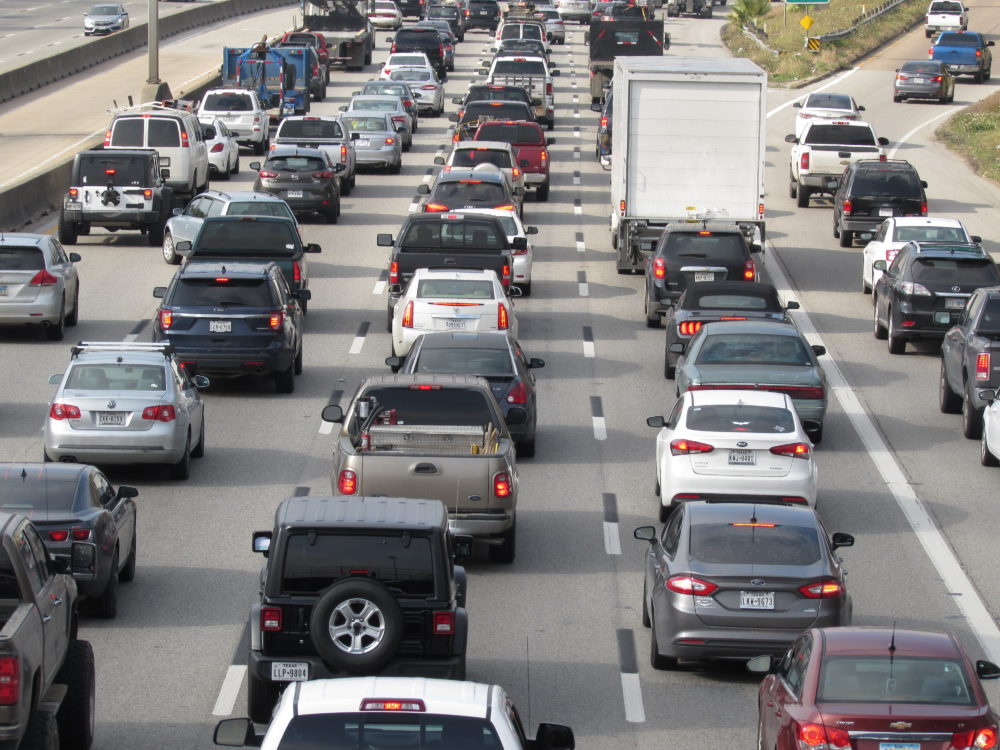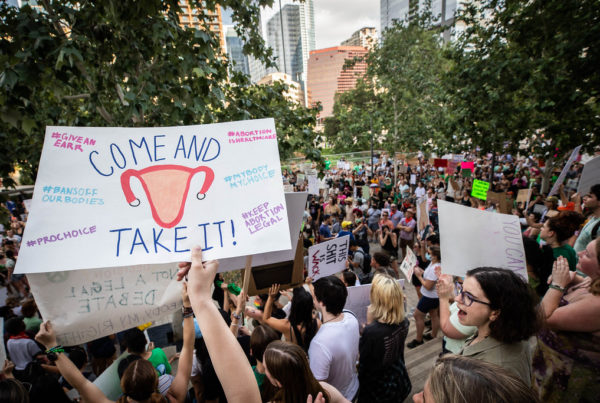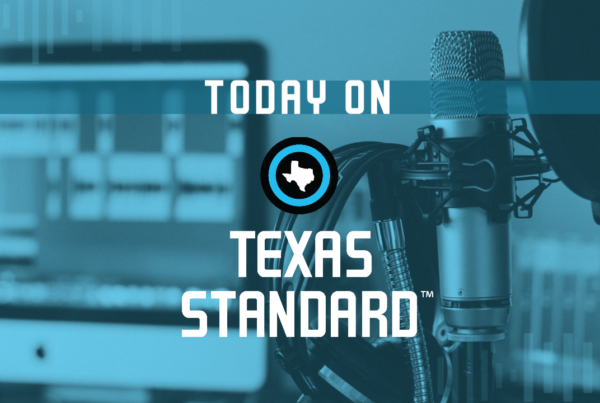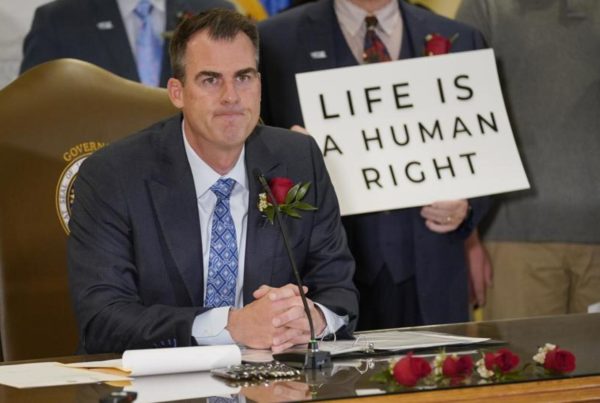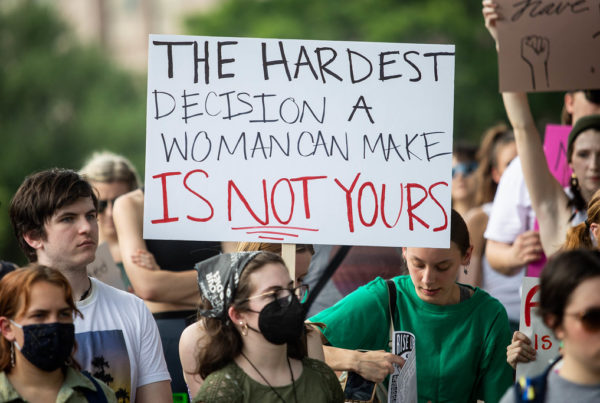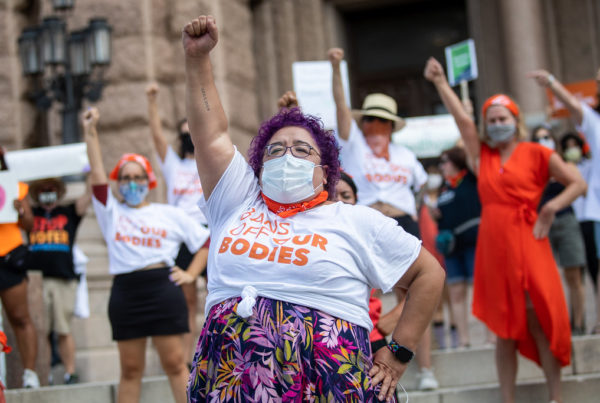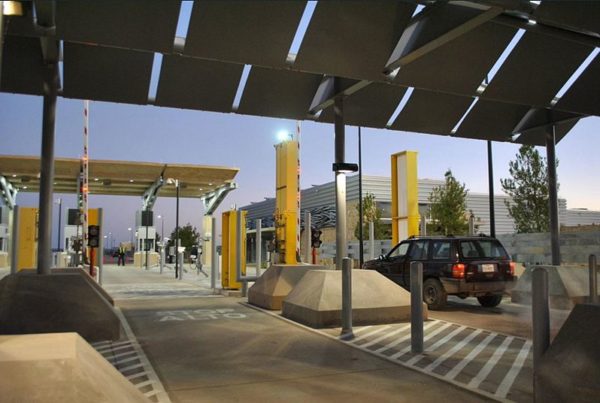For decades, Texas has had one strategy for dealing with congested highways: build more of them. But in recent years, some Texans and even the federal government have begun to push for an alternative.
Guardian reporter Oliver Milman has been writing about the movement for less highway building in Texas, and tells Texas Standard that almost all of the state’s transportation budget goes to highways. Listen to the interview with Milman in the audio player above or read the highlights below.
Highlights from this interview:
– Milman recently covered a protest in Austin at Texas’ Department of Transportation, or TxDOT, headquarters. He says about 40 people from across the state showed up to protest the agency’s “car-centric” policies that are meant to solve traffic congestion.
– Civic groups have also complained to the Biden administration that Austin’s proposed $9 billion expansion of Interstate Highway 35 through town is discriminatory and would violate the civil rights of people in some communities more than others. (The project requires raising buildings and changing the composition of some neighborhoods.) The federal government has asked Austin to pause the project while it investigates. Ironically, it’s the Biden administration that gave Texas billions of dollars to improve highway infrastructure.
– Milman says Texas spends the majority of its transportation budget on highways. Experts tell him some of that money is necessary for highway maintenance. But they also say that more money should be devoted to methods of easing congestion like adding more express bus lanes, or even turning some roads into toll roads to deter traffic.
“So by tolling them, making it a cost to people to actually drive would then give an incentive to think about other ways to get around or maybe put off a trip or delay a trip,” Milman said.
– Still, many Texans have few options besides a car to get around, and public transit projects like new train lines take years to build.
“That’s the kind of quandary Texas finds itself in: [It] really has to find incentives for people to move away from driving, but then has to provide what those alternatives are, and they aren’t immediately apparent,” he said.


